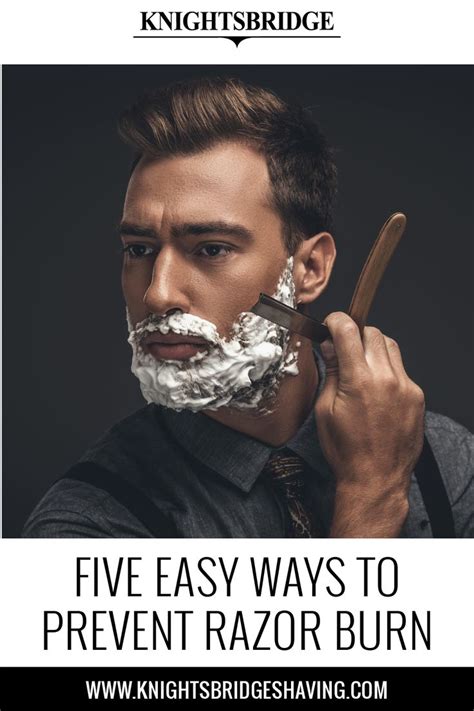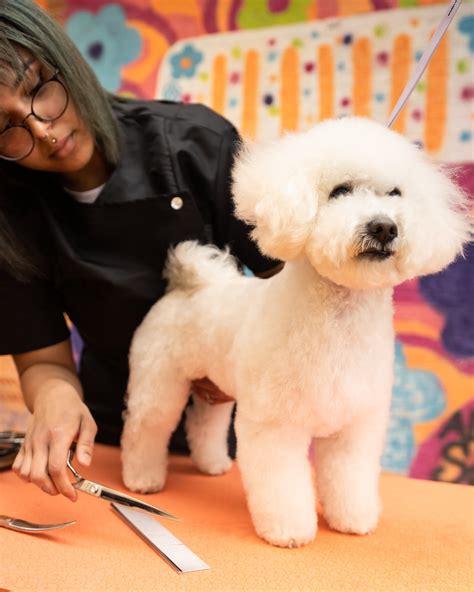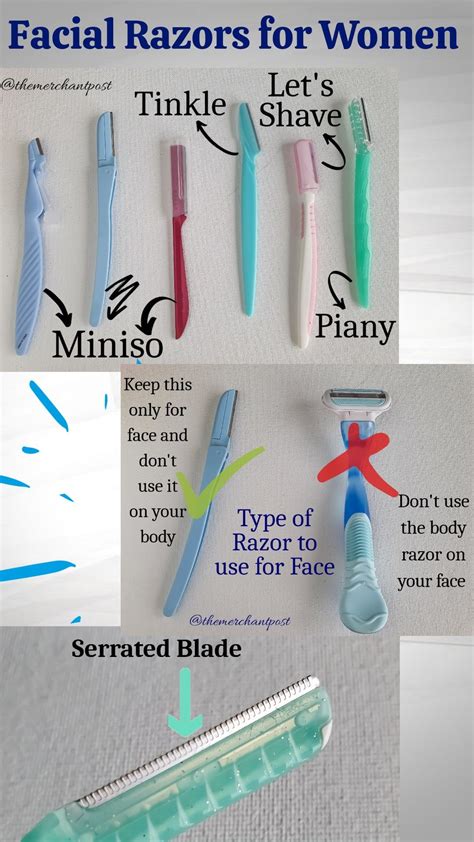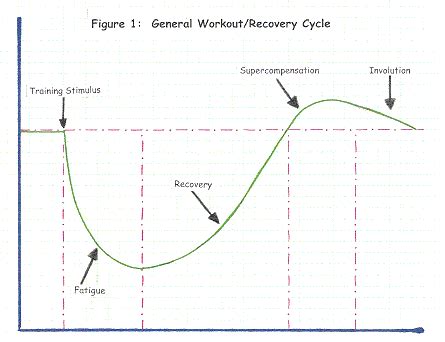How to prevent razor burn for a clean, professional shave daily?

Say Goodbye to Razor Burn: Your Guide to a Professional Daily Shave
Razor burn – that uncomfortable, red, and often painful irritation that can follow a shave – is a common enemy for many. It not only detracts from a clean, professional appearance but can also make daily shaving a dreaded chore. The good news? Preventing razor burn is entirely achievable with the right knowledge and a consistent grooming routine. Let’s delve into the techniques and products that will transform your shaving experience from irritating to invigorating.

Understanding the Enemy: What Causes Razor Burn?
Before we conquer razor burn, it’s crucial to understand its origins. Razor burn occurs when skin becomes inflamed and irritated, often due to a combination of factors:
- Dull Blades: A dull blade tugs at hair instead of cleanly cutting it, leading to irritation.
- Dry Shaving: Shaving without proper lubrication or on dry skin creates excessive friction.
- Shaving Against the Grain: While offering a closer shave, going against the grain can pull hairs, causing ingrown hairs and irritation.
- Excessive Pressure: Pushing too hard on the razor increases friction and can strip the skin’s protective barrier.
- Lack of Preparation: Not softening the hair or opening the pores adequately makes shaving more difficult and irritating.
- Sensitive Skin: Some individuals are naturally more prone to irritation.
The Foundation: Pre-Shave Preparation
A successful, irritation-free shave begins long before the blade touches your skin. Proper preparation is the most critical step in preventing razor burn.
1. Cleanse Your Face
Start with a warm shower or wash your face with a mild facial cleanser. This helps remove dirt, oil, and dead skin cells, which can clog your razor and lead to irritation. Warm water also helps open up your pores and soften your beard hairs, making them easier to cut.
2. Exfoliate (Gently)
Once or twice a week, consider using a gentle facial scrub to remove dead skin cells that can trap hairs and cause ingrown issues. Be careful not to over-exfoliate, especially on shaving days.
3. Hydrate and Soften Your Beard
Apply a pre-shave oil or gel. These products create a protective layer between your skin and the blade, reduce friction, and further soften your beard. Let it sit for a minute or two to fully penetrate.

During the Shave: Technique is Key
With your skin prepped, it’s time to focus on your shaving technique. These steps are vital for minimizing irritation.
1. Use a Sharp, Clean Razor
This cannot be stressed enough. A sharp blade glides effortlessly, cutting hair cleanly. Replace disposable razors after 3-5 uses, and cartridges as soon as you feel any tugging. Always rinse your razor thoroughly after each use and let it air dry.
2. Create a Rich Lather
Apply a high-quality shaving cream or gel, working it into a rich lather. This lifts the hairs, provides lubrication, and protects your skin. Ensure an even, thick coating over the entire area you plan to shave.
3. Shave With the Grain (First Pass)
For most men, this means shaving downwards on the face and neck. Shaving with the grain significantly reduces pulling and irritation. If you desire a closer shave, you can perform a second pass across the grain or, if your skin tolerates it, gently against the grain – but only after your first pass and with fresh lather.
4. Use Light, Short Strokes
Let the razor do the work. Apply minimal pressure and use short, controlled strokes. Rinse your razor frequently under warm water to clear away hair and shaving cream build-up.

Post-Shave Care: Soothe and Protect
The job isn’t done when the last hair is cut. Post-shave care is crucial for calming your skin and preventing future irritation.
1. Rinse with Cold Water
Once you’ve finished shaving, rinse your face thoroughly with cool or cold water. This helps close your pores, remove any residual shaving cream, and soothe the skin.
2. Apply an Alcohol-Free Aftershave Balm
Pat your face dry with a clean towel (don’t rub) and immediately apply an alcohol-free aftershave balm or lotion. Alcohol-based aftershaves can dry out and irritate the skin. Look for ingredients like aloe vera, witch hazel, chamomile, or essential oils known for their soothing properties.
3. Moisturize Your Skin
Even if your aftershave has moisturizing properties, a separate facial moisturizer can provide an extra layer of hydration and protection, especially if you have dry or sensitive skin.

Maintaining Your Shaving Routine for Lasting Results
Consistency is key to keeping razor burn at bay and enjoying a clean, professional shave every day. Don’t skip steps, even if you’re in a hurry. Regularly assess your products and techniques; your skin’s needs might change with seasons or age.
Consider dedicating a specific razor for your face and avoiding using it on other body parts to maintain its sharpness and hygiene. Store your razor in a dry, clean place to prevent bacteria growth and blade dulling.

Embrace the Smooth: A Daily Ritual, Not a Daily Dread
Preventing razor burn is not about elaborate rituals but rather adopting smart, consistent habits. By understanding your skin, using the right tools, and mastering proper technique, you can transform your daily shave from a potential source of irritation into a refreshing part of your grooming routine. Embrace the confidence that comes with a consistently clean, smooth, and professional appearance, free from the discomfort of razor burn.







